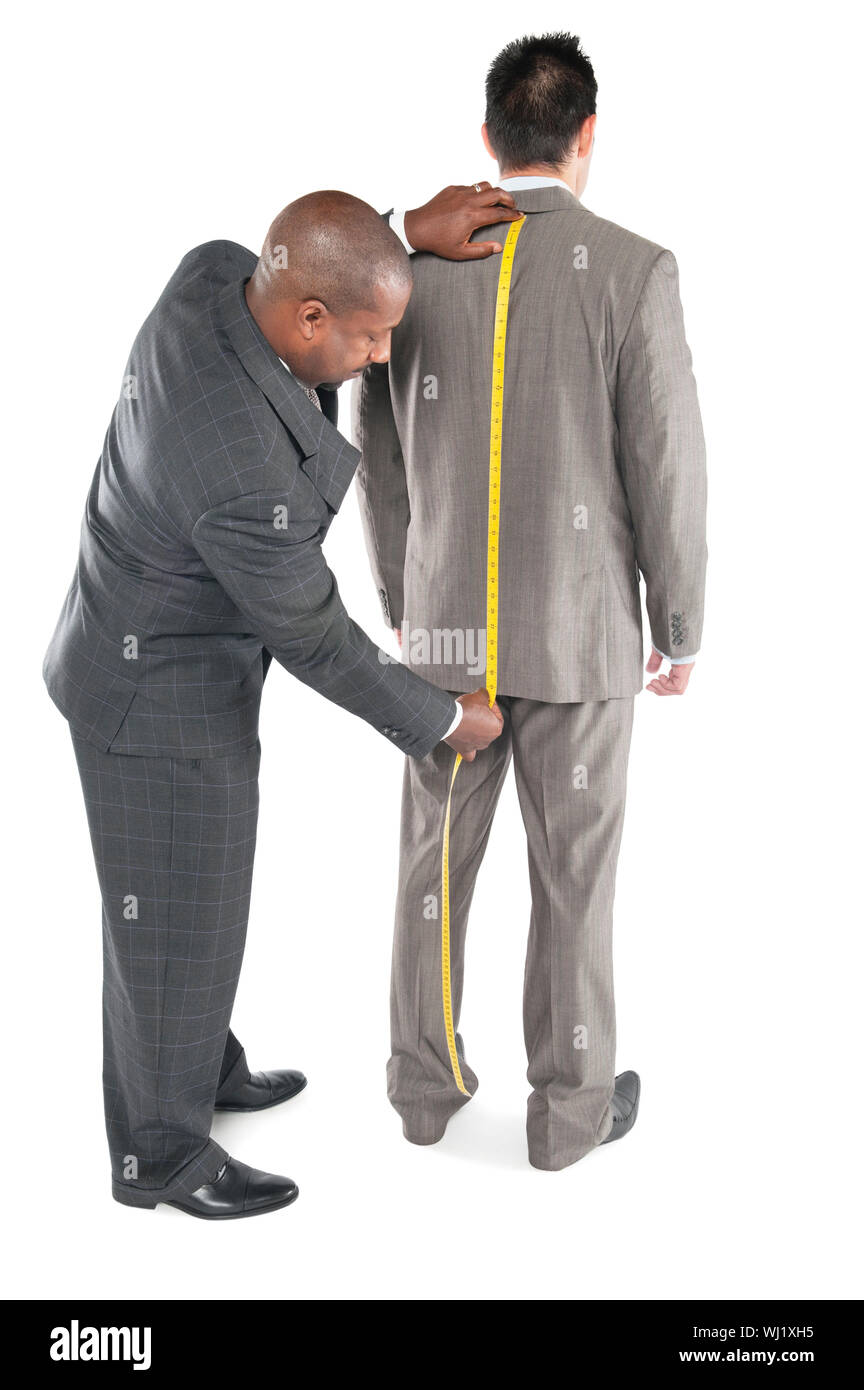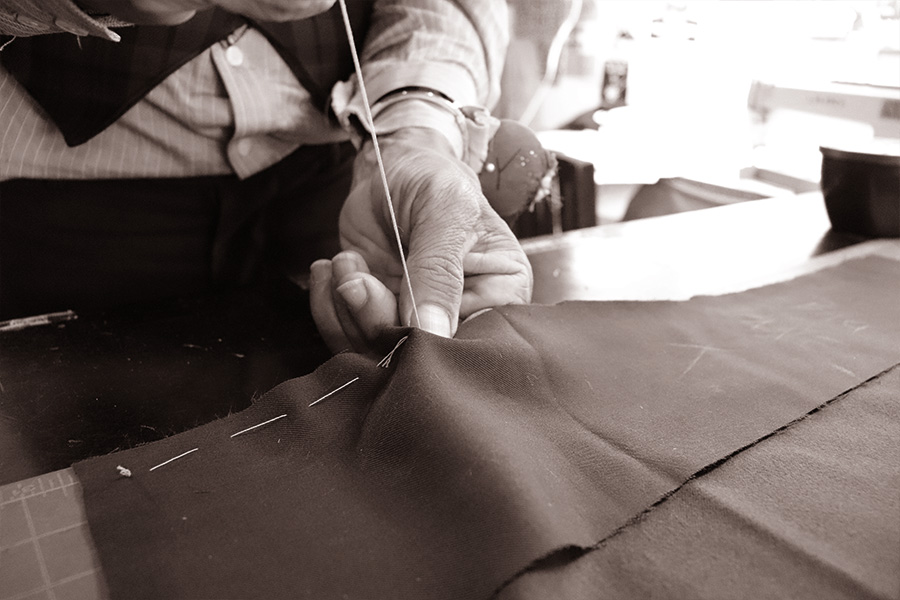Tailor Perth Specialists: Tailor-Made Solutions for Elegant Outfit
Tailor Perth Specialists: Tailor-Made Solutions for Elegant Outfit
Blog Article
Comprehending the Tailoring Refine: From Material Choice to Final Fitting for the Suitable Wardrobe
The tailoring procedure is a complicated interplay of art and science, beginning with the essential choice of fabric selection and culminating in the accurate modifications of last installations. Each fabric type brings special qualities that influence not only the aesthetic appeal but also the garment's durability and suitability for numerous events.
Value of Textile Selection
Selecting the appropriate material is important in the customizing procedure, as it directly influences the comfort, durability, and overall visual of the final garment (tailor perth). The choice of material establishes the foundation for the garment's style, functionality, and performance. Different fabrics possess special homes, such as stretch, weight, and breathability, which can dramatically impact just how the garment drapes and fits the body
In addition, textile selection influences the garment's long life and ease of care. Premium materials can stand up to deterioration, preserving their look and framework with time, while lower-quality products may result in pilling or fading. Additionally, the appropriate textile adds to the garment's capacity to shift across celebrations and periods, thereby improving adaptability.
A tailored piece made from a suitable fabric not just showcases workmanship however also boosts the wearer's self-confidence. Understanding the subtleties of textile choice is paramount for any kind of tailoring endeavor. It makes certain that the end product not just satisfies the visual needs of the customer but also aligns with useful requirements, consequently accomplishing an unified equilibrium in between kind and feature in the tailored closet.
Sorts Of Fabrics and Their Uses
Understanding the different kinds of materials available is important for making educated decisions during the tailoring procedure. Each textile possesses one-of-a-kind attributes that dictate its suitability for details garments and celebrations.
Its adaptability permits it to be tailored right into every little thing from shirts to outfits. Its all-natural elasticity assists garments preserve form over time.
Silk radiates deluxe and is light-weight, making it ideal for eveningwear and fragile shirts; nonetheless, it requires mindful handling due to its fragility. Linen, with its textured surface, is a prominent option for cozy climates, offering a crisp and ventilated feeling, however it wrinkles conveniently, which might affect the garment's appearance.
Artificial textiles, such as polyester and nylon, deal resilience and resistance to creases, making them suitable for daily wear and active clothing. Recognizing these textile kinds and their residential or commercial properties permits much better decision-making, making sure that each tailored item not only fits well yet also straightens with the designated function and celebration.
The Tailoring Techniques Described
The art of customizing relies upon a range of methods that change fabric right into well-fitted garments. Central to this process is pattern composing, where a tailor creates themes based on the client's measurements and preferred style. This initial action makes certain that the garment will certainly fit the wearer appropriately prior to any reducing happens.
When patterns are established, reducing strategies come right into play. Precision is extremely important as errors can cause misfitting garments. Tailors usually use different reducing methods, such as single-layer reducing for intricate styles and multiple-layer cutting for effectiveness on common patterns.
Basting is another crucial strategy, permitting tailors to momentarily stitch textile pieces together for an initial fitting. This approach provides the possibility to evaluate the drape and total shape prior to final sewing.
Seaming techniques, consisting of flat-felled seams and French joints, enhance the garment's durability and aesthetic appeal. Tailors additionally employ strategies such as interfacing and padding to supply framework and form to particular locations, like collars and shoulders.
Finally, ending up techniques, consisting of hemming and edge completing, make certain the garment's longevity while supplying a sleek look. With each other, these techniques form the foundation of reliable tailoring, leading to beautiful, tailor-made garments.
Suitable Adjustments and Considerations

Secret considerations include the shoulder fit, which needs to neither droop neither limit motion, and the sleeve length, which need to permit for comfortable arm activity while maintaining a refined look. Additionally, changes at the waistline can improve the silhouette, with options to allow out or absorb material as needed.
The surge of trousers is one more important element; it should rest easily above the hips without creating pain, enabling for ease of activity. Hemming lengths for both trousers and skirts ought to reflect the user's preferred style while valuing percentages.

Keeping Your Tailored Wardrobe
Correct upkeep of customized garments is essential to preserving their fit and appearance with time. To ensure long life, normal cleansing is paramount. Always adhere to the care tag instructions, which may recommend completely dry cleansing for delicate fabrics or maker washing for more resilient materials. Avoid regular laundering, as this can put on down the material and alter the garment's shape.
Storage space is similarly essential; use cushioned hangers for jackets and layers to maintain shoulder framework, and shop trousers folded up nicely or hung to stop creasing. Secure garments from straight sunlight, which can discolor shades and damages fibers.
In addition, regular assessments for minor repair work can prevent bigger concerns. Inspect for loose switches, fraying joints, or indications of moth damage, attending to these problems promptly to keep the garment's integrity.
Last but not least, think about seasonal turning. Wearing customized pieces in small amounts enables textiles to recuperate, extending their life-span. By implementing these upkeep methods, you can ensure that your customized garments remain as pristine as click here for more the day you initially used them, read enhancing your ideal wardrobe for years to find.
Final Thought
The tailoring procedure, encompassing material option, proficient techniques, and specific suitable changes, plays an important duty in creating garments that improve both convenience and style. Each phase adds to the overall efficiency of the end product, guaranteeing that clothing not just fits well yet also shows specific identification. Furthermore, recognizing the value of maintenance expands the life of customized garments, strengthening their value in a well-curated wardrobe. A comprehensive method to tailoring finishes in a positive and refined look.
Choosing the right fabric is crucial in the tailoring process, as it directly affects the convenience, longevity, and general aesthetic of the last garment. The option of textile establishes the foundation for the garment's style, efficiency, and capability. Different fabrics have special properties, such as breathability, stretch, and weight, which can significantly influence exactly how the garment drapes and fits the read the full info here body.
The art of tailoring counts on a range of techniques that change material into well-fitted garments.The customizing procedure, encompassing textile choice, experienced strategies, and accurate fitting changes, plays an important function in creating garments that improve both comfort and style.
Report this page